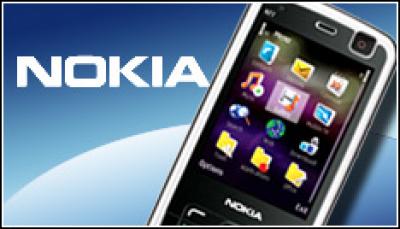Nokia Buys Motorola Wireless Network Assets

Nokia Siemens Networks had agreed to acquire Motorola’s wireless network infrastructure assets for £785 million
Nokia Siemens Networks will buy Motorola’s wireless network infrastructure assets for $1.2 billion (£785m), in a deal expected to close by the end of 2010.
The news seems the next logical step in Motorola’s long-running quest to split into two independent and publicly traded companies during the first quarter of 2011.
The deal would allow Motorola to divest a unit that builds equipment for GSM, CDMA, WCDMA, WiMAX and LTE networks, while adding considerably to a war chest for its upcoming split. One of the resulting companies will encompass Motorola’s Mobile Devices and Home Units, with the other combining the Enterprise Mobility Solutions and Networks units.
The $1.2 billion will also help fuel Motorola’s struggling smartphone business. Since the deal is anticipated to close by the end of the year, the payment will be to Motorola as a singular entity, as opposed to the split companies. According to a 29 April report from research firm IDC, the company recently dropped from the top-five list of worldwide cellphone vendors, and while its Motorola Droid X has earned strong reviews, competitors such as HTC and Samsung are crowding the marketplace with their own top-quality devices.
Nokia Siemens
The incorporation of Motorola’s assets will make Nokia Siemens Networks, a joint venture of Nokia and Siemens AG, the third-ranked wireless infrastructure vendor in the United States, and it will inherit relationships with dozens of operators. Motorola and Nokia Siemens Networks claimed in a joint July 19 press release that the deal will strengthen the latter’s relationships with China Mobile, Clearwire, KDDI, Sprint, Verizon Wireless and Vodafone.
“The deal is about scale and building our presence in some key regions,” Rajeev Suri, CEO of Nokia Siemens Networks, said during a July 19 conference call. “We expect to gain an incumbent position with many new customers,” he added, such as Verizon.
During the conference call, Suri suggested there would be no layoffs resulting from the agreement. His company will also gain several large R&D sites.
Embracing Android
In a 15 July research note to investors, Gleacher & Company analyst Mark McKechnie suggested that Motorola could profit from its embracing of Google Android, particularly when it comes to shipments of the Motorola Droid X.
“We have an upward bias to our 2.5 million and 3.4 million unit forecast for [the respective second and third quarters of 2010],” McKechnie wrote in that note. Factors for that growth include “increased Droid demand due to Verizon Wireless marketing and HTC Incredible shortages” as well as “the Droid X launch to Verizon Wireless on 15 July and … a continued ramp into China.”
The Motorola Droid X features a 4.3-inch display, an 8-megapixel camera and a 1GHz processor, and can be used as a mobile hotspot for other devices. It retails for $199.99 with a $100 mail-in rebate with a two-year customer agreement.